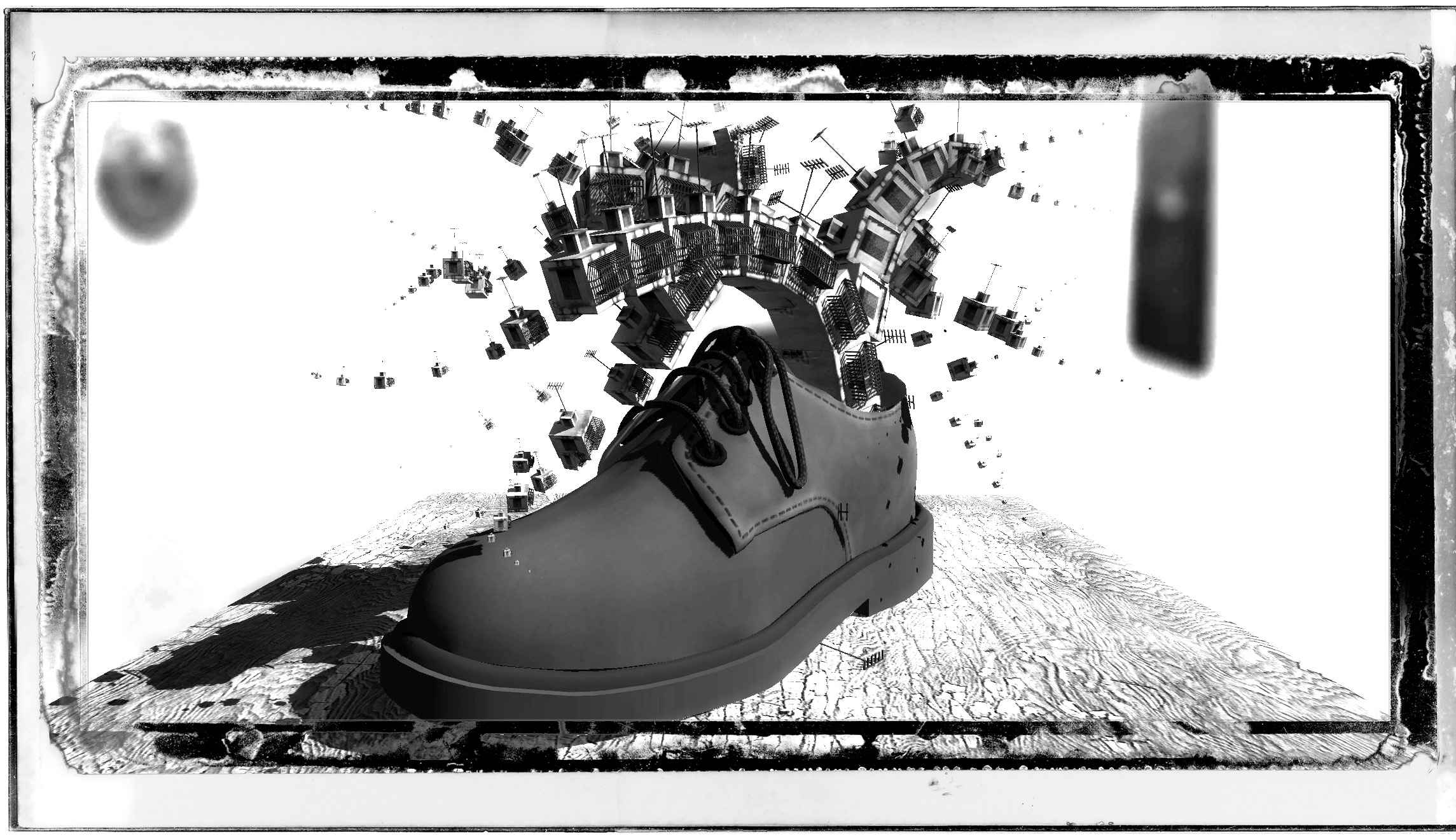BACK
The Inheritance – Hsin-Chien Huang 2015 Solo Show

I Wish For You To See the Genuine Side of These Things
Reminiscences, emotions, and memories grow from past experiences like living, organic beings. They thrive on those occurrences and things, and they germinate, bloom, grow old, and are forgotten in the brain’s constant cycle. Although things of the past can no longer be altered, they have, nonetheless, yet to reach a definitive end inside the mind. Fragments of the past often flash by, evoking new interpretations of existing memories.
Processes like this are like fungi that grow on decaying matters, as the heart is thought to be a place where progressions and developments occur. Evolutions continuously transpire from within, unfolding from those that are simple to those that are more complex, with the heart’s crevices gradually filled. There is an indescribable behavioral mimicry observed in the different lives across generations and also in everyday activities that are constantly repeated. However, these seemingly insignificant imitations and replications have also become important supporting points in people’s lives, with how emotions are passed down and attributed and the context of memories imprinted in the tracks of those heavily replicated lives.
This phenomenon is observed in how my father’s old shoes can instantaneously transport me to that particular space and time when I was in grade school. My father came to pick me up from school on one raining afternoon, and with a black umbrella in hand, he held me up in his arms to leap over a water puddle between the sidewalk and the street. The old shoes also remind me of the sound of my father’s footsteps walking on the stairs of our apartment building, as he returned home from school where he worked as a teacher. This artwork tries to unveil the continuous process of budding, growing and dying of those seemingly living memories, and also the emotions behind old, immobile objects.
The setup of the exhibition is similar to an interrogation room. The site is divided into two sections. Old objects from my memories that are monitored by four high-definition cameras are placed on display in one of the two sections. Visitors are able to walk freely in this display room, as they are unknowingly “monitored” by the audience in the other room. The other side is the observation area of the interrogation room, and 3D glasses are provided to the audience for them to see on a 3D monitor the old objects they have just seen in the other room, with virtual digital images produced via real-time stereographic compositions. At the same time, images of the audience in the display room are also presented. The setting allows the physical objects on display in the other room to be “re-evaluated”, as the cycle of inheritance goes through alternation of generations, along with rebirths and deaths of memories and imaginations.
Presented on the 3D monitor, the physical objects and the virtual images seem to be on display in a large digital frame, as documents, manuscripts, and other materials related to the old objects are also placed next to the monitor and are available for the audience’s inspection. Peking opera is faintly played in the background, and along with the 3D stereographic images on display inside this “frame” that crosses reality and virtuality, the audience is transported into the artist’s memories, entering into a hyper-real space-time set in a particular period back in time.
The creators project
http://www.storynest.com/pix/_1news/n_2015_06_CreatorsProject/p0.php?lang=ch&news=yes
Date:2015.07.04-2015.08.02








